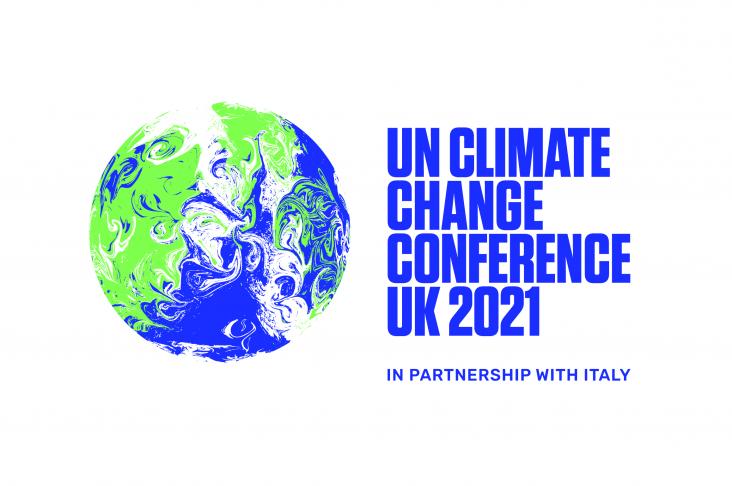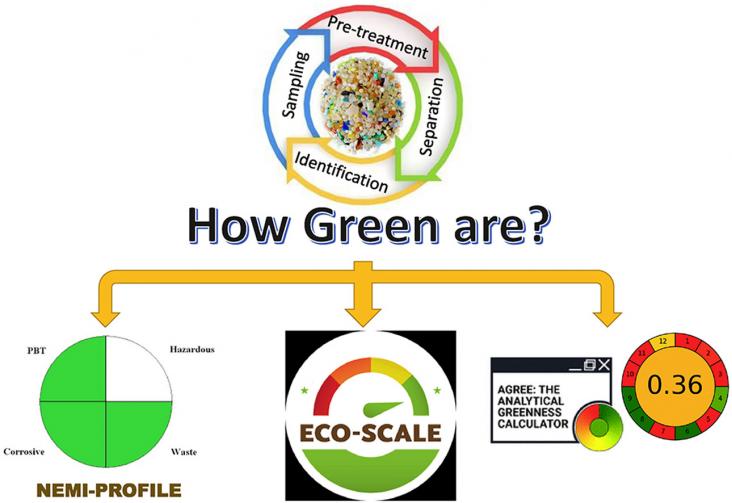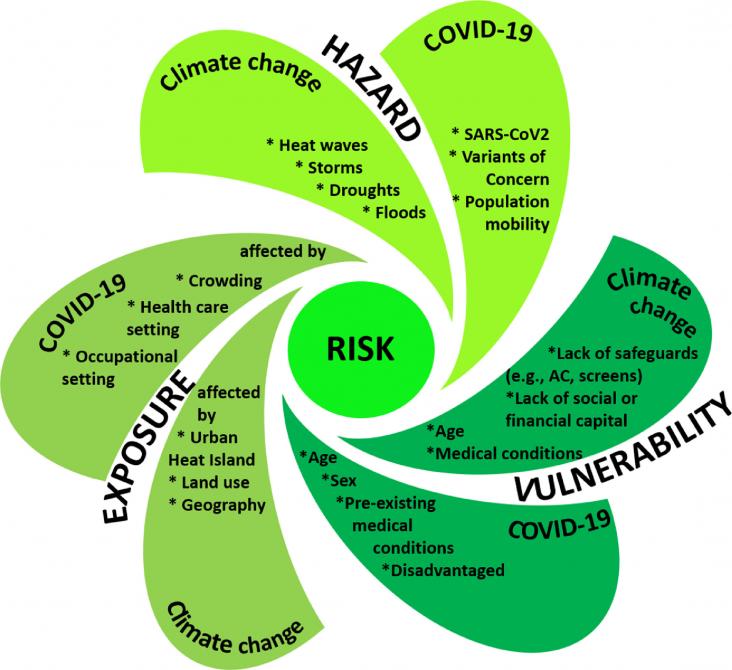This chapter aligns with Goal 14: Life Below Water and Goal 9: Industry, Innovation and Infrastructure by highlighting some of the many beneficial biocomposite applications of marine-derived byproducts.
This chapter aligns with Goal 14: Life Below Water and Goal 13: Climate Action by exploring the potential of marine renewables, including wind, wave, and solar, for providing long-term sustainable energy sources.
An article focused on (i) understanding how climate change is decreasing ocean biodiversity and (ii) identifying the planetary health impacts accelerated by ocean biodiversity erosion.
Elsevier,
Emerging Contaminants in the Environment: Challenges and Sustainable Practices, Volume 1, 1 January 2022
This chapter aligns with Goal 6: Clean water and sanitation and Goal 14: Life below water by prodiving an overview of environmental plastic abundance, sources and mitigation strategies.
Elsevier,
Comparative Biochemistry and Physiology - Part D: Genomics and Proteomics, Volume 40, December 2021
Farmed fish are commonly exposed to stress in intensive aquaculture systems, often leading to immune impairment and increased susceptibility to disease. Effects of two aquaculture-relevant early-life stressors on the gut and skin microbiome of Atlantic salmon fry (four months post hatching) using 16S rRNA amplicon sequencing were studied.
Fish experiencing abnormally high or prolonged elevations in temperature can exhibit impaired reproduction, even for species adapted to warm water environments.
An interdisciplinary team of researchers and citizen scientists team up for assessing water quality in an iconic English river.

COP26 is the 2021 United Nations annual climate change conference. COP stands for Conference of the Parties.

Microplastic (MP) and nanoplastic (NP) pollution is among the global environmental concerns of the 21st century owing to its transboundary distribution and persistence.

